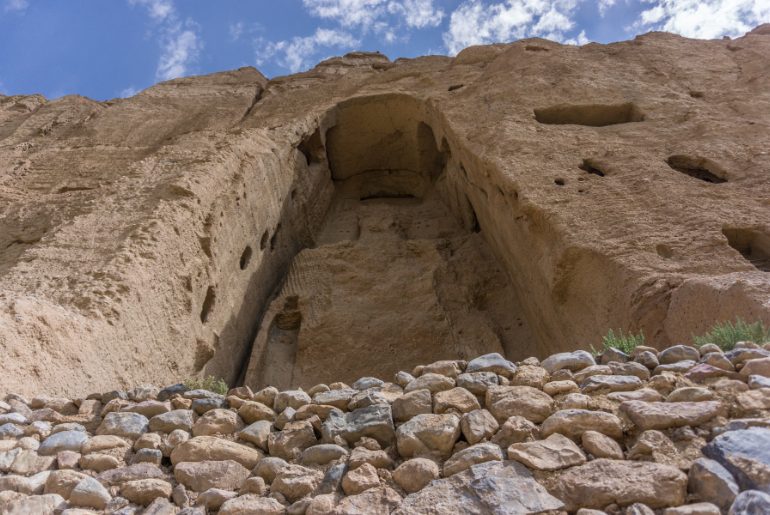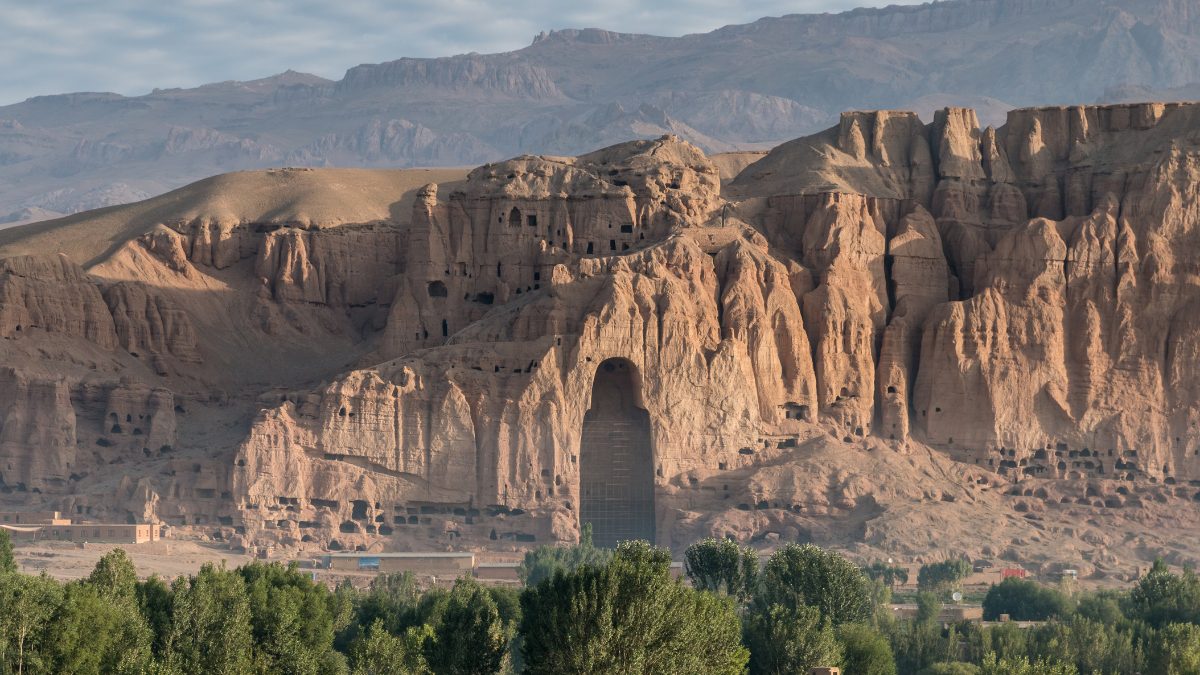The Buddhas of Bamiyan were once colossal figures that stood as magnificent examples of ancient Buddhist art and cultural heritage in the Bamiyan Valley of central Afghanistan. These monumental sculptures, carved into the cliffs during the 6th century CE, held deep historical, religious, and artistic significance. However, their tragic fate, marked by intentional destruction in 2001, turned these iconic statues into symbols of loss, resilience, and the ongoing struggle to preserve the world’s cultural treasures.
The Unforgettable Journey Of The Buddhas Of Bamiyan

The Buddhas stood as symbols of the flourishing Buddhist culture along the Silk Road, an ancient trade route connecting East and West. The Buddhas of Bamiyan were a pair of monumental statues carved into the side of a cliff in the Bamiyan Valley of central Afghanistan. The larger statue stood about 175 feet tall, while the smaller one was around 115 feet tall. The statues represented the culmination of Buddhist art and devotion in the region.
They were symbols of religious devotion, enlightenment, and artistic excellence. The statues also served as pilgrimage sites for Buddhists from various parts of Asia. Tragically, in 2001, the Buddhas of Bamiyan were targeted by the Taliban regime in Afghanistan. They viewed them as idols and a violation of their interpretation of Islamic law.
Despite widespread international outcry and appeals to preserve the statues, they detonated explosives that resulted in the destruction of both statues. UNESCO, cultural organisations, and governments around the world condemned the Taliban’s actions as an attack on cultural heritage and human history. Since the destruction, efforts have been made to document, reconstruct, and preserve the memory of the Buddhas.
Also Read: “Kahani Ghar Ghar Ki”, Chef Saransh Goila Pens Down A Poem & Indian Families Can Totally Relate
Tracing The Remarkable Artistry And Symbolism

The Buddhas of Bamiyan were once towering symbols of art, culture, and faith. They are now remembered as a tragic loss and a testament to the importance of safeguarding cultural heritage. Despite their physical absence, the Buddhas of Bamiyan continue to hold immense cultural, historical, and artistic significance. Their destruction serves as a reminder of the challenges faced by cultural heritage during times of conflict.
The site has also become a symbol of the resilience of cultural memory and the importance of preserving historical artefacts. The Buddhas of Bamiyan have left a lasting impact on art, archaeology, and cultural studies. Their artistic style and significance continue to inspire researchers, artists, and historians worldwide.
While the physical Buddhas no longer exist, their legacy lives on in photographs and the collective memory of people around the world.
Cover Images Courtesy: Canva
First Published: August 14, 2023 4:14 PM



